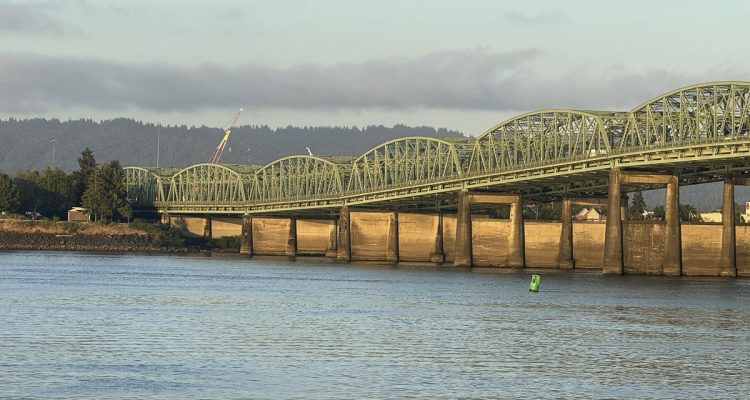A new study released by WPC, authored by national transportation expert and urban policy analyst Wendell Cox, puts Seattle transit hype into perspective.
Cox evaluated population, employment, and commute trip data for the Puget Sound and found that automobiles are used by more than two-thirds of commuters to get to work throughout the Puget Sound.
Transit boosters often point to Commute Seattle survey data to bolster their view that transit is regionally popular and should be expanded to generate more work trips and reduce driving. They rely on the survey’s statistic that 48% of commuters get to downtown Seattle by transit. That’s true, but it’s a niche market, Cox says, as only about 12% of Puget Sound employment is located in downtown Seattle.

Outside of downtown Seattle, 76% of work trips are made by car. This will continue to be the case into the future.

Citing heavy transit use to downtown Seattle to justify getting more money from Puget Sound residents is wrong. Further, using the 48% Commute Seattle data point to market the expansion of transit (namely, rail) to the rest of the Puget Sound also makes no sense. It’s a dishonest way to get more money from working families in the region to subsidize benefits that are only experienced in downtown Seattle.
This is not the right approach to regional transportation planning or funding, yet has been Seattle’s modus operandi for decades.
Sound Transit 3 was approved by voters in 2016, giving Sound Transit indefinite taxing authority in the Puget Sound to fund and expand light rail. Yet transit boosters and urban planners are still on the hunt for more money for transit, whether that be through a state-mandated mileage tax or congestion pricing in downtown Seattle.
Outside of downtown Seattle, throughout the rest of the Puget Sound region, only 3.5% of work trips are on transit. This begs the question – what will be done for the rest of us who do not live in Seattle or use transit to get to work?
The region has funded Seattle’s transportation needs for more than a decade, and continues to be ignored in planners’ transportation vision for 2050.
Cox’s study clearly lays out why “it is not conceivable to improve transit enough to attract meaningful numbers of drivers from their cars.” This is a perception that transit is a choice available and potentially desirable to all auto users, no matter where they live or are going. This is wishful thinking that comes at a great cost. Trying to build a system “that would achieve auto-competitiveness…could consume most or all of the household income of a metropolitan area.”
Rather than spending exorbitant amounts of money to try to change people’s behavior and coerce families to live and travel a certain way, regional transportation policy should be based on minimizing drivers’ travel times to work so we can decrease poverty, increase opportunity and affluence, and improve people’s quality of life. The “success of such policy [would] result in less traffic congestion…and provide greater access for economically disadvantaged people.”






